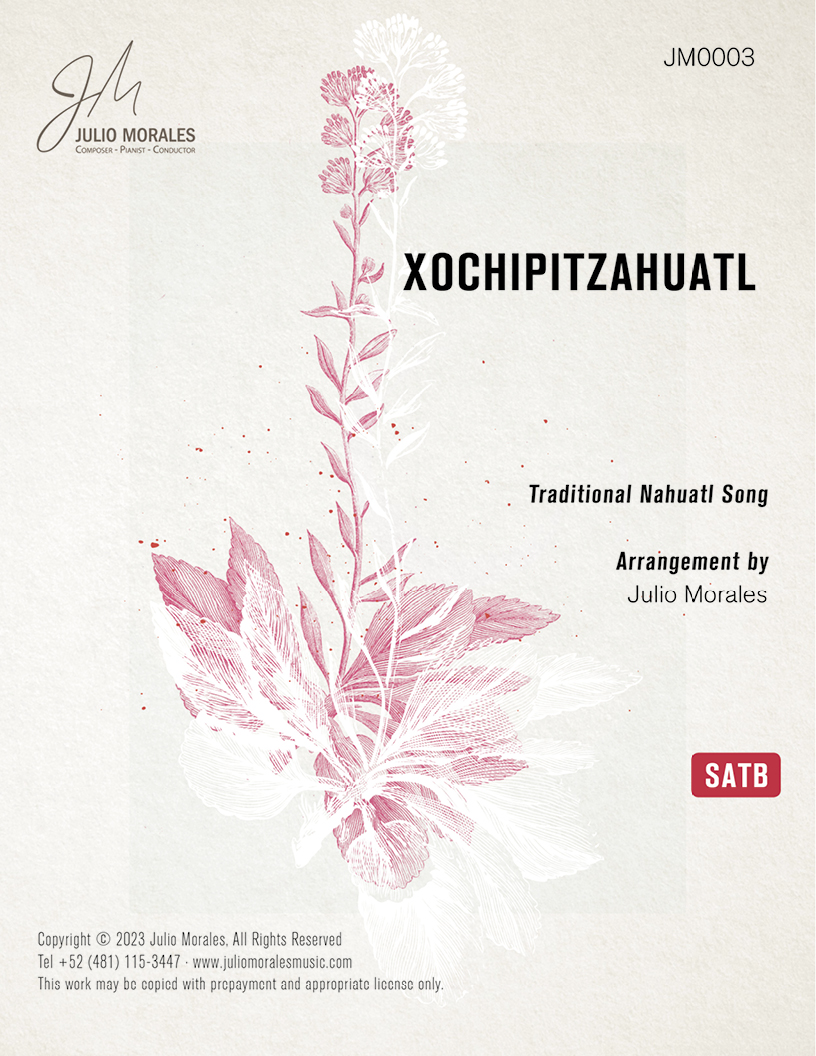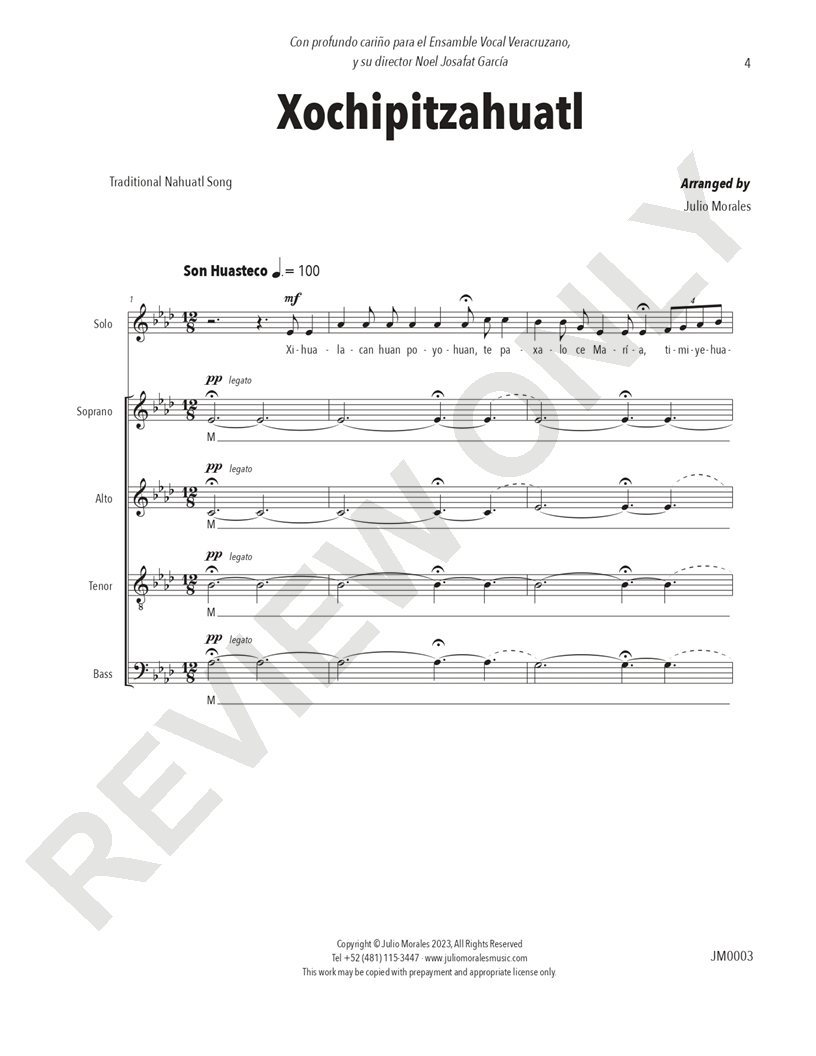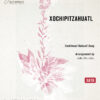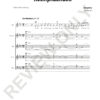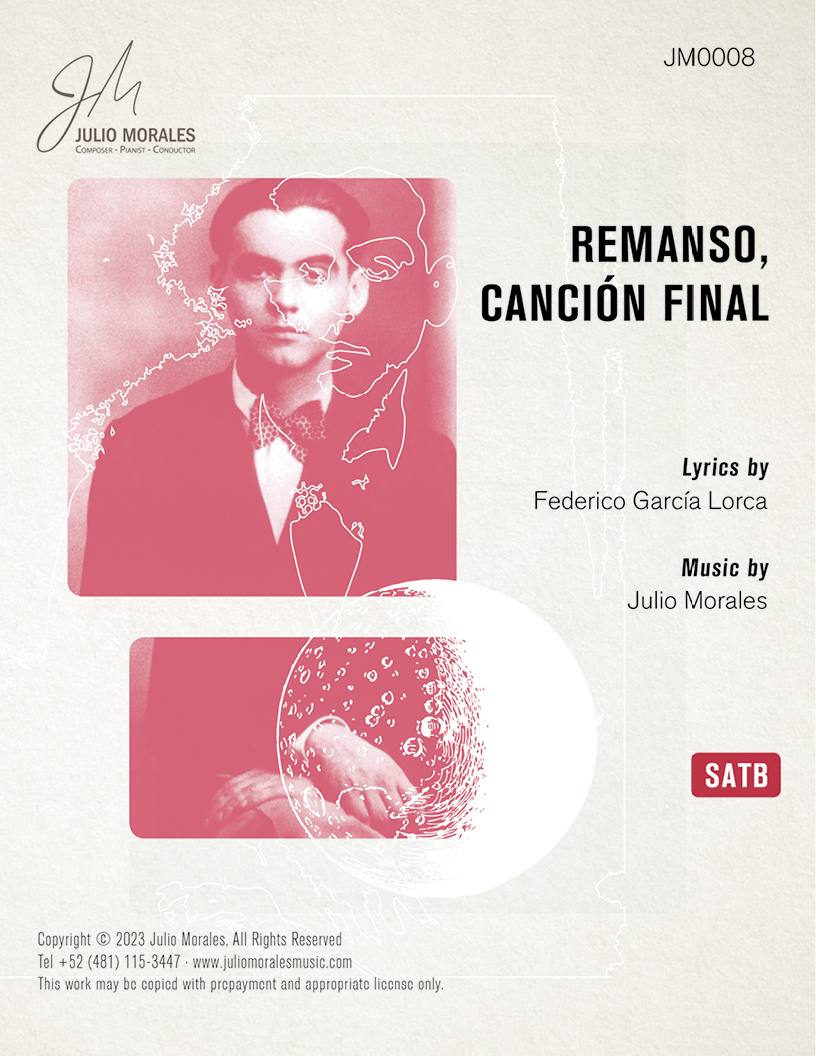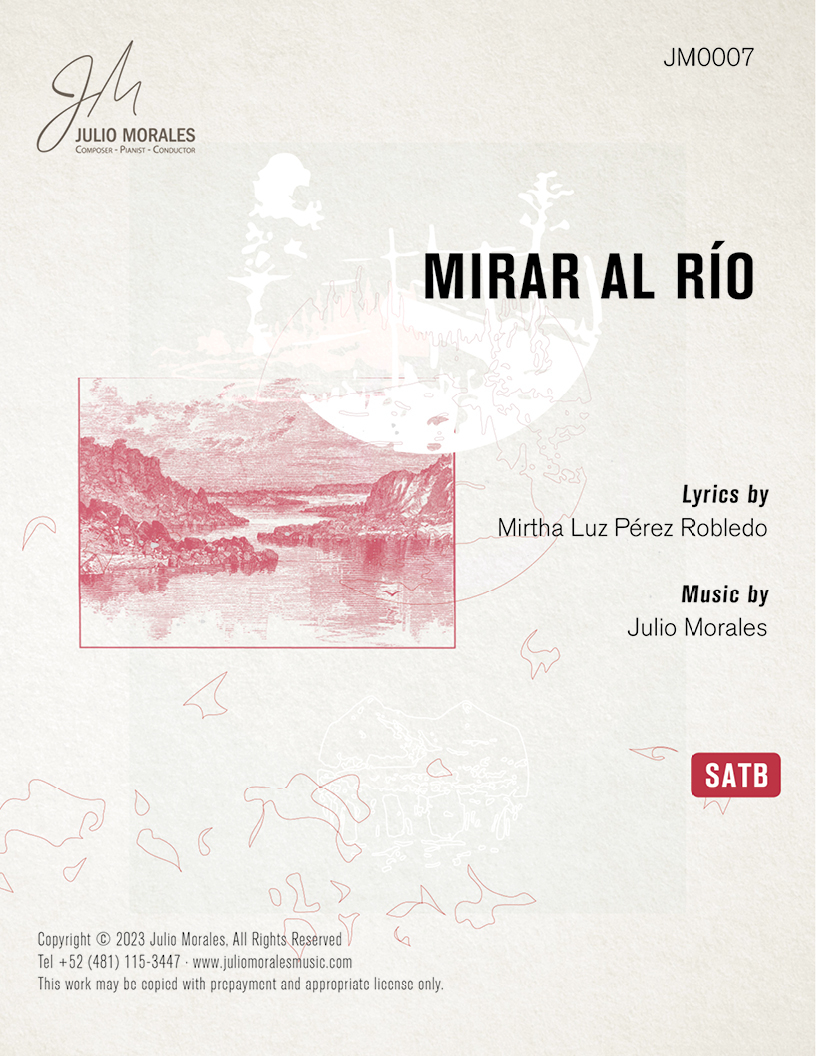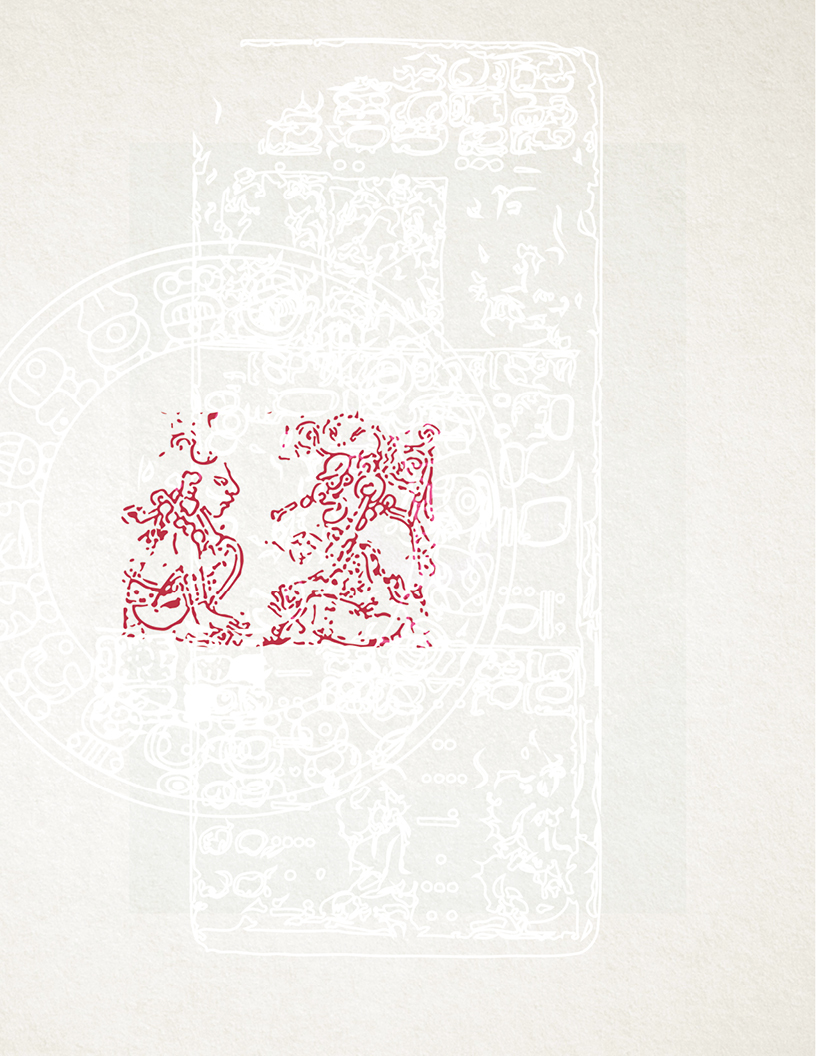About the Work
Xochipitzahuatl in Nahuatl means “flower” (xochi) and “thin” (pitashua), it translates as “small flower”, which is a tribute to Mother Earth. Being a song that has roots in the Nahua communities of Morelos, Puebla , Hidalgo and Veracruz, but its influence also extends to Otomi communities of the Huasteca Hidalguense and Nahuas of the Huasteca Potosina.
This song is generally associated with the dance, music and song characteristic of traditional Huastec weddings. Its interpretation is not limited only to wedding ceremonies, since it is used in various rituals, varying according to the place and the time of the year. It can be used as a pray to invoke rain, health and good harvests, also as an offering at the vigil of the patron saints, as well as to pay tribute to the Virgin Mary. In addition, it is part of the purifying rites related to the deceased and the dancers that represent them.
It is recommended to listen to the interpretation of these sones in their original context to understand the sound that is sought to be reflected, especially with the soloists at the beginning of the work.
Acerca de la Obra
Xochipitzahuatl en náhuatl significa “flor” (xochi) y “delgada” (pitashua), se traduce como “Flor menudita”, la cual es un homenaje a la madre tierra. Siendo un son que tiene raíces en las comunidades nahuas de Morelos, Puebla, Hidalgo y Veracruz, pero también se extiende su influencia hacia comunidades otomíes de la huasteca hidalguense y nahuas de la huasteca potosina.
Generalmente se asocia este son con la danza, la música y el canto característicos de las bodas tradicionales huastecas. Su interpretación no se limita únicamente a las ceremonias nupciales, ya que se emplea en diversos rituales, variando según el lugar y la época del año. Puede ser utilizada como plegaria para invocar lluvias, salud y buenas cosechas, también como ofrenda en la velación de los santos patronos, así como para rendir homenaje a la Virgen María. Además, forma parte de los ritos purificadores relacionados con los difuntos y los danzantes que los representan.
Se recomienda escuchar la interpretación de estos sones en su contexto original para comprender el sonido que se busca reflejar, sobre todo, con los solistas al inicio de la obra.
-
IPA Pronunciation Guide – Audio

